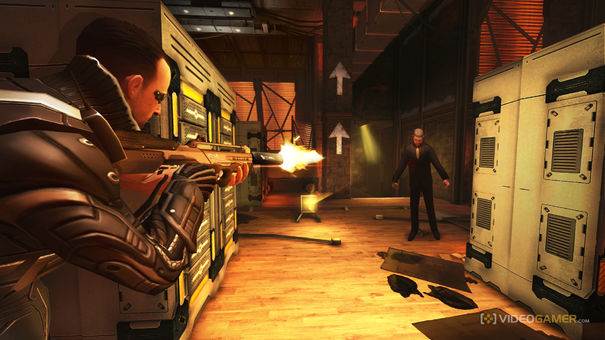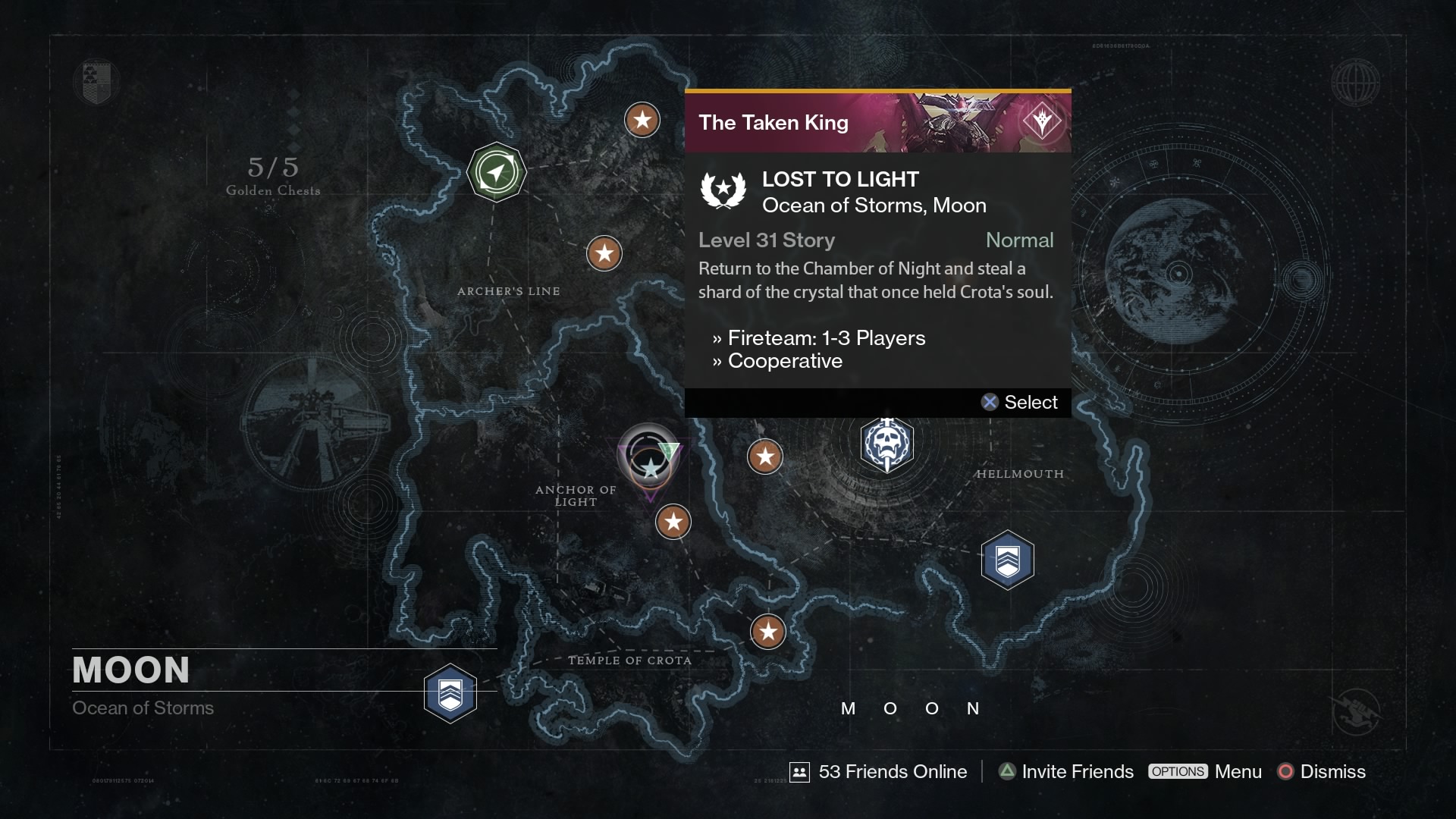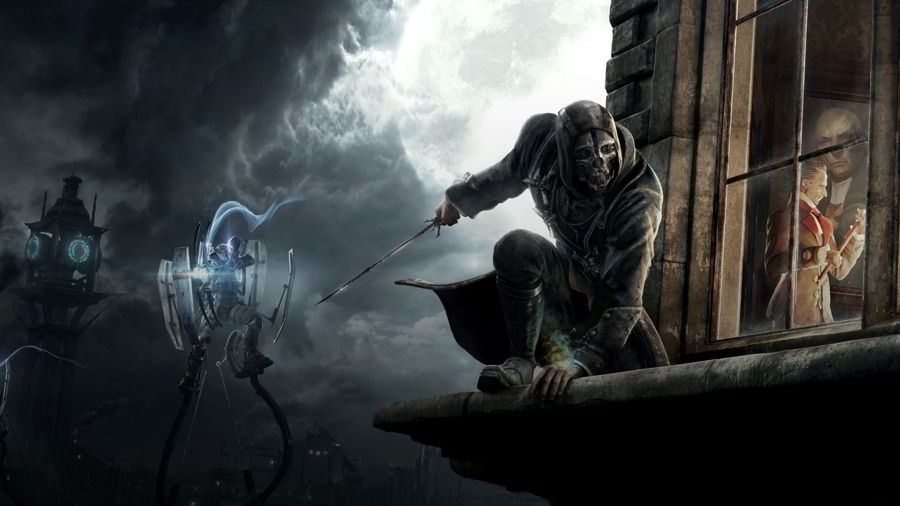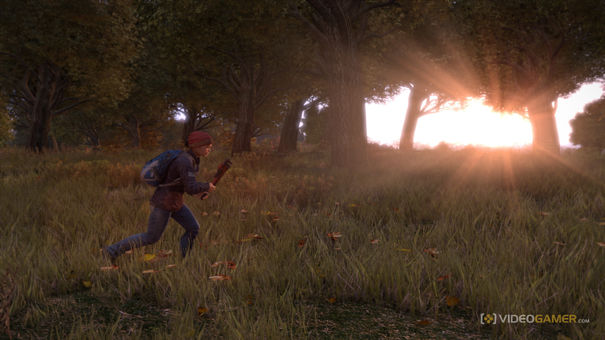


Mobile gaming is currently enjoying a renaissance. Mirroring consoles in their infancy, the processing power of mobile devices is doubling each generation. It’s called ‘Moore’s law’, which has proven to be an accurate observation of trends in computer technology - or a self fulfilling prophecy, however you look at it.
Recently entering somewhat of a golden age, mobile gaming has started to draw in ‘big name’ developers - such as Sid Meier - and other companies alike. It hasn’t so much taken strides as of late but huge, mountain-vaulting leaps. A far cry from when the games were considered, by many, to be inferior.
Now, of course, there are far less naysayers, and NVIDIA’s next generation mobile processors - code name, Project Logan - are set to blur the lines between mobile and PC gaming forever. NVIDIA showcased a tech demo, which made its debut earlier in the year running on a high-end Titan graphics card, and introduced Ira, one of the most detailed models of a human face ever created. The same demo has recently resurfaced, this time showing Ira running on a tablet.
What’s most impressive about the demo is it’s not pre-recorded - it’s generated in real time. Ira’s skin twists and folds as he contorts his face into varied grimaces. His teary eyes dart around and he pulls faces like he just sat on something whilst wearing no trousers. The way light and shadow dances across Ira’s face and the translucency of his skin is mighty impressive, and the shallow side of my brain salivates at the prospect of PC-like graphics in my hand.
But do we need that power on mobile devices? And will it necessarily be a good thing?
Notoriously, traditional console style games - first-person shooters etc. - just aren’t very good on mobile. That’s not opinion, it’s fact: Deus Ex: The Fall, The Drowning et al are all stinkers - the introduction of these new processors could see us being dunked into a massive cauldron of foul odour. Just because you’ve ripped out the engine of an F1 car and put it in a three-wheeler banger, doesn’t mean you should drive it at 200mph everywhere you go - you’ll likely hit a wall, without your fireproof suit.
The problem is magnified by the AI in triple-A mobile games being, generally, poor. And, of course, the terrible controls.

It’s not a problem that can be solved with extra support, either. The majority of the mobile gaming demographic aren’t interested in traditional console games. You only have to look at the PlayStation Vita for an example, once touted as a “PS3 in your hands”. Nowadays - with the odd first-party exception - it’s basically an indie box. Sony has taken a U-turn, clawing up as many indies as it can with its sizeable extremities.
The reason for this is because when people want to play a console game, they turn on their console. Holding a device, no matter how well designed, is inferior to the comforting embrace of a traditional controller. Even if there were controller support on iOS, how would you play it on a train? Precariously placing your expensive equipment on the lap tray in front of you whilst you hunch over with a pad isn’t ideal. An indie game tailored for a system’s interface and function will always win out over a compromised title with masses of ambition.
It’s the same reason the 3DS has enjoyed so much success lately: a wealth of original IP tailored to the device. Nintendo has made a console that’s convenient everywhere, with games that feel intuitive to control. Of course, it has dabbled with porting console games across and, again, it didn’t work out so well. When Metal Gear Solid 3 was released for the machine, it had been compromised: the shooting becoming a chore.
NVIDIA’s technology has the potential to be a blow to both Nintendo’s and Sony’s handhelds but only in terms of sheer graphical clout as, unless mobile developers focus on the platform’s strengths, even handhelds have the edge in their controls. Strategy games - the recent XCOM port, for one - work very well when shrunk down, with touch implemented.
It’s a novelty having the AAA experience in your hand - the smaller, compressed screens and high resolutions magnify the quality of the visuals. Playing the aforementioned Deus Ex: The Fall, I couldn’t help but be impressed by how it looked. Admittedly the character models are still pretty basic, but the main thing holding the game back is where the virtual thumbsticks are concerned. Not only are they nowhere near responsive or accurate enough for popping caps in heads at a hundred yards - or two feet, even - but your meaty digits helpfully obscure half the screen at the same time. Brilliant...
Recently this claim was made again: 'The Drowning will bring the traditional FPS to mobile'. It doesn’t, though, even if it does try something new. Opting for a two finger slap on the screen either side of your enemy’s head, the shooting’s much more manageable, even if it does feel weird. It’s in the movement where, again, the game struggles. Performed by tapping your intended location or looking around with a quick swipe, it just lacks the feedback and precision of slowly teasing your walking/looking speed with a stick.
What consumers want more than sexy graphics are games that feel good to play and aren’t frustrating. After all, there’s no point in realistic tear ducts when hairy thumbs block out the character’s eyes. NVIDIA’s technology will definitely improve the visuals of next generation mobile games - that’s inevitable. I just hope that the market isn’t diluted by a lack of originality as a consequence. Already the App Store often feels like swimming through a river of s**t to find a bar of gold.
Hopefully that river doesn’t flow into an ocean.




 Thief Walkthrough Chapter 1: Lockdown – How to Find the Combination to the Jeweler’s Safe
Thief Walkthrough Chapter 1: Lockdown – How to Find the Combination to the Jeweler’s Safe The Taken King quest walkthrough – Step 9: Lost to Light
The Taken King quest walkthrough – Step 9: Lost to Light Dishonored Guide: Outsider Shrines Location Guide
Dishonored Guide: Outsider Shrines Location Guide Early Access: are DayZs dream sales the beginning of gamings nightmare?
Early Access: are DayZs dream sales the beginning of gamings nightmare? How to Use Your Xbox 360 Controller for PC Gaming
How to Use Your Xbox 360 Controller for PC Gaming